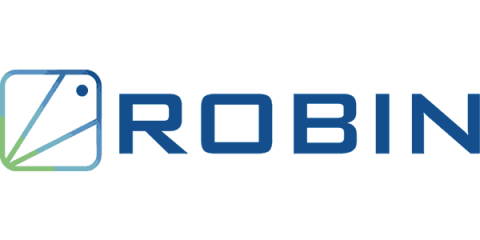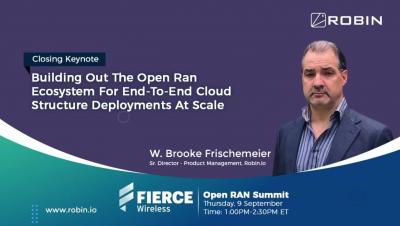Robin.io and StorCentric Announce Hyperconverged Cloud-Native Solutions for VM-as-a-Service and Virtual Desktops with Lower Cost, Faster Provisioning Than Public Cloud
Solutions Clear the Path to Enterprise-Class Private Cloud; Ideal for Kubernetes Container Orchestration, as well as Optimizing and Managing Databases, Big Data and AI/ML Applications.







